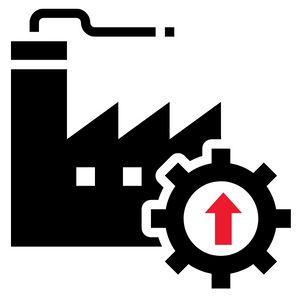
The holidays are over, we’ve caught up on emails, and it’s time to focus on the road ahead. If you’ve done any reading of industry websites, blogs and threads, you know the trucking outlook 2024 is not likely to change much from last year. We are in this with you, and we want to share some information we find helpful in guiding our business in 2024. ACT Research and FTR Transportation Intelligence are two agencies we rely on for industry data. Both groups have similar analysis when it comes to trends for 2024.
First, we need to consider two elements that will have an impact on many aspects of trucking in 2024:

The increases in useful life and warranty periods are meant to ensure equipment remains compliant throughout the life of the vehicle, but from a fleet perspective, it means you have better protection on your investment. Overall costs may be going up, but you should benefit from lower maintenance and repair costs in the long run.

While 2024 may be poised to be another challenging year, with the right partners, we can all hope to see a strengthening economy after the elections are over and prepare for the coming emissions changes that will have an even stronger impact next year.